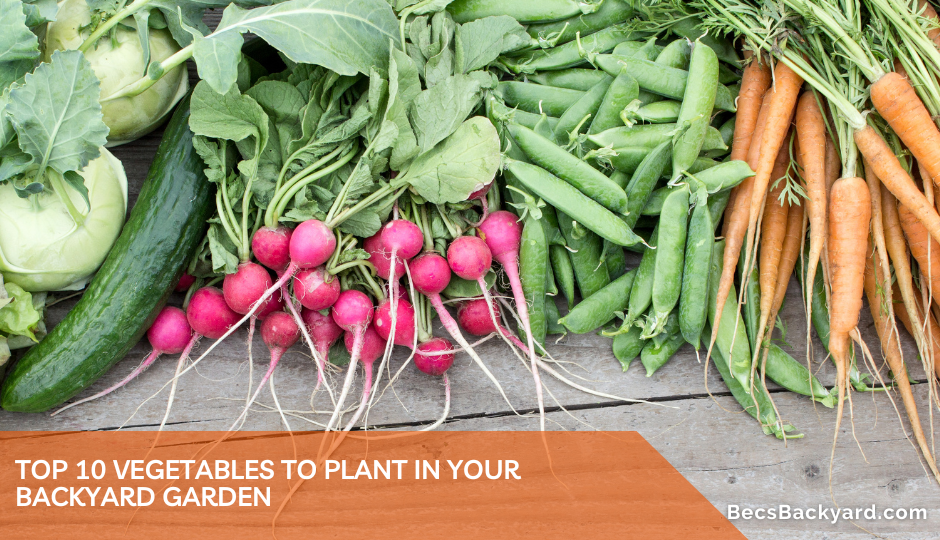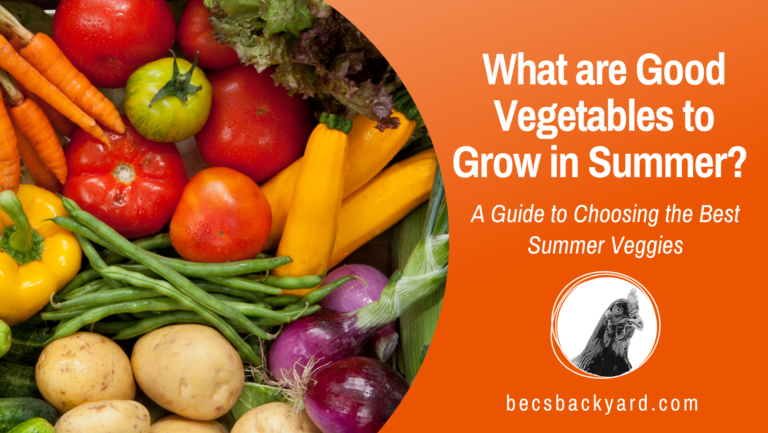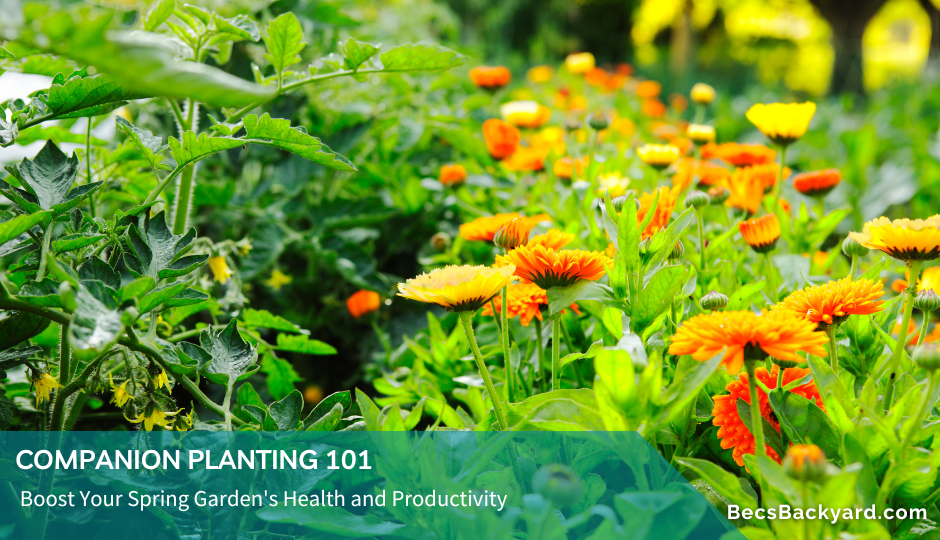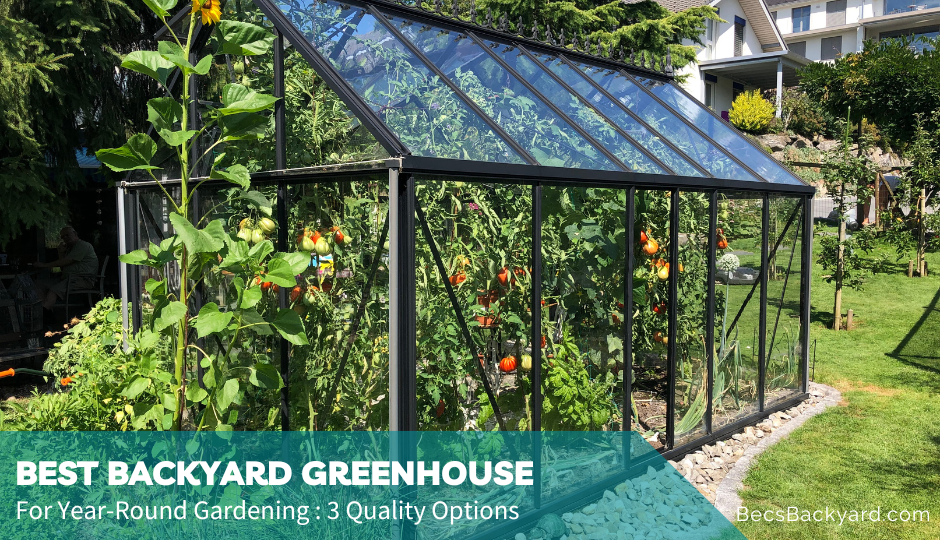Top 10 Vegetables to Plant in Your Backyard Garden
Ah, spring! The sun is shining, the birds are singing, and it’s the perfect time to get your hands dirty (literally). In this blog post, I’ll share my Top 10 Vegetables to Plant in Your Backyard Garden this springtime and some helpful tips to ensure your backyard garden flourishes like never before. So, let’s dig in!
Top 10 Vegetables to Plant in Your Backyard Garden This Spring
Without further ado, here are my top 10 spring vegetables you should plant in your backyard garden:





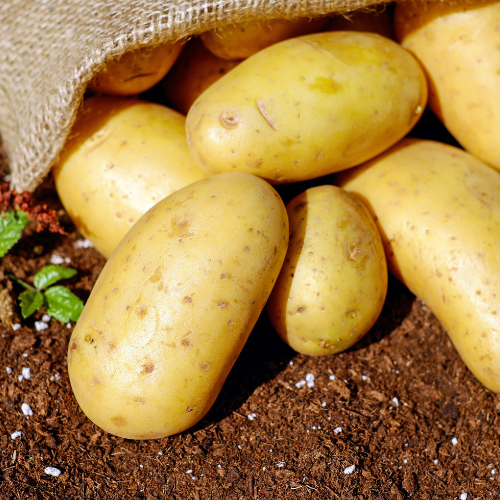

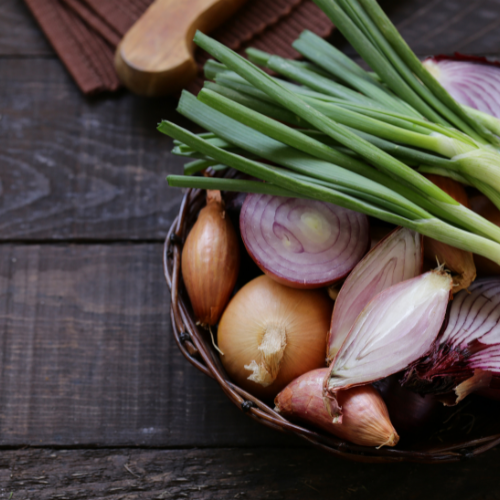


Lettuce
Lettuce is a cool-season crop that thrives in spring. It’s easy to grow and comes in various types. Plant seeds directly into the soil or start them indoors and transplant them later. Keep the soil moist and harvest when leaves are tender.
Spinach
Spinach is another cool-season crop that loves spring. Directly sow seeds into the garden or start them indoors. Provide regular water and watch your leafy greens thrive. Harvest when leaves are big enough to eat.
Radishes
Radishes are fast-growing and perfect for spring planting. Sow seeds directly into the soil, and in just 4-6 weeks, you’ll have crunchy, spicy radishes to enjoy. Thin seedlings to give them space to grow and keep the soil consistently moist.
Peas
Peas are a spring garden favorite. Plant them directly into the soil as soon as it’s workable. Provide a trellis for climbing varieties and enjoy sweet, tender peas in about 60-70 days.
Carrots
Carrots can be sown directly into the garden in early spring. Make sure your soil is loose and well-draining to avoid misshapen roots. Keep the soil consistently moist, and in about 2-3 months, you’ll have delicious, crunchy carrots.
Potatoes
Potatoes can be planted in early spring using seed potatoes. Plant them in well-draining soil and hill up the soil around the plants as they grow. In about 10-12 weeks, you’ll have a bountiful harvest of spuds.
Beets
Sow beet seeds directly into the garden in early spring. Thin seedlings to provide adequate space for root growth. Keep the soil moist and harvest when roots are about the size of a golf ball.
Onions
Onions can be started from seeds, sets, or transplants in spring. Plant them in well-draining soil, and make sure they receive plenty of sunlight. Onions are ready to harvest when their tops fall over and turn brown.
Broccoli
Start broccoli seeds indoors and transplant them into the garden once the danger of frost has passed. Provide consistent moisture and watch for pests like cabbage worms. Harvest when the heads are firm and tight, before the flowers start to open.
Cauliflower
Like broccoli, cauliflower seeds should be started indoors and transplanted into the garden after the last frost. Keep the soil consistently moist and watch for pests. Harvest when the heads are compact, white, and firm.
Benefits of Planting Vegetables in Spring
Seasonal advantages
Spring offers optimal growing conditions for a variety of veggies. With the soil warming up and days getting longer, your plants will be eager to grow. Plus, many pests haven’t woken up from their winter slumber, making it easier to keep your garden healthy and thriving.
Health benefits
Aside from the freshest, most nutrient-rich produce you can imagine, gardening also provides ample physical activity and can be a fantastic stress-reliever. Trust me, you’ll feel like a million bucks after spending time in your little green paradise.
Preparing Your Garden for Spring Planting
Soil preparation
Before planting, test your soil’s pH levels and amend with compost or other organic matter if needed. A healthy, well-balanced soil is key to a successful garden.
Garden layout and spacing
Choose a spot with plenty of sunlight and plan your garden layout with proper spacing between plants. Consider companion planting to make the most of your space and help your plants thrive.
Watering and irrigation
Water your spring garden appropriately, ensuring the soil stays consistently moist but not waterlogged. A drip irrigation system can save you time and keep your plants happy.
Troubleshooting Common Spring Vegetable Gardening Problems
Identifying pests and diseases
Keep an eye out for common pests like aphids, slugs, and cabbage worms. Use organic pest control methods like introducing beneficial insects, using homemade remedies, or employing physical barriers.
Dealing with weather-related issues
Protect your plants from late frosts using cloches, row covers, or cold frames. Manage excess rainfall or drought by monitoring soil moisture levels and adjusting your watering schedule accordingly.
Bonus Tips: Integrating Chickens and Ducks into Your Spring Garden
Benefits of having chickens and ducks in the garden
Chickens and ducks can help with natural pest control, fertilization, and soil aeration. Plus, they’ll provide you with fresh eggs! Check out our article on quick growing greens for chickens.
Creating a safe and harmonious environment
Provide appropriate shelter and fencing for your feathered friends. Balance the needs of your plants and animals by rotating their access to different parts of the garden.

Frequently Asked Questions
We know you might have some burning questions about spring vegetable gardening, so we’ve compiled a list of frequently asked questions to help you out. Don’t worry, we’ve got your back (and your backyard)!
How do I know when it’s the right time to start planting my spring vegetables?
The best time to start planting your spring vegetables depends on your region’s climate and the last expected frost date. You can find this information through local gardening resources or by checking online for frost date calculators. Generally, cool-season crops can be planted as soon as the soil is workable, while warm-season crops should be planted after the last frost date.
Can I grow spring vegetables in containers if I don’t have a backyard garden?
Absolutely! Many spring vegetables can be grown successfully in containers. Choose a container that’s appropriate for the size of the plant at maturity and make sure it has drainage holes. Use high-quality potting soil and follow the same planting, watering, and care instructions as you would for in-ground gardens.
What can I do to extend my spring vegetable harvest?
To extend your spring vegetable harvest, try succession planting. This involves planting a new crop every couple of weeks to ensure a continuous supply of fresh produce. You can also plant varieties with different maturity dates or use season extenders like row covers or cold frames to protect your plants from unexpected temperature changes.
Final Words
Now you’re all set to plant a bountiful spring vegetable garden! Remember, the secret to a successful garden is a mix of planning, patience, and a little TLC. And, of course, don’t forget to enjoy the fruits (or veggies) of your labor! For more gardening tips and tricks, be sure to explore the rest of becsbackyard.com. Until next time, happy gardening and may your thumbs be forever green!

